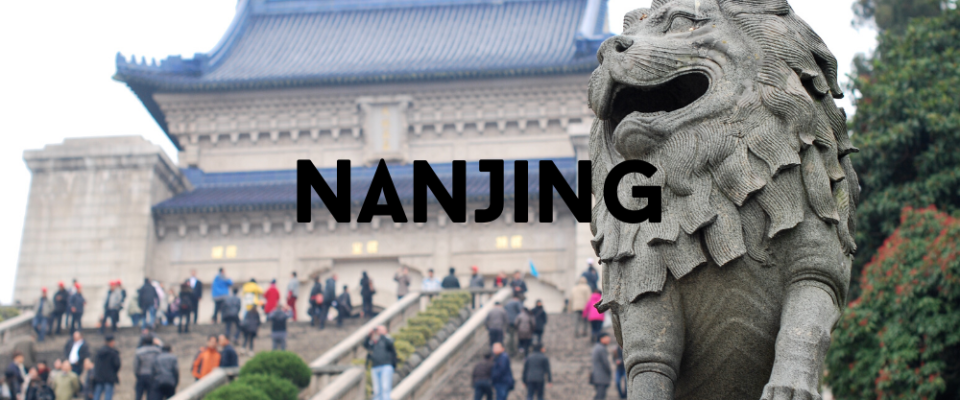By Kelly Liu
The city of Nanjing occupied a special place in Chinese imperial history as the “southern capital.” Situated in the lower Yangtze River delta, Nanjing served as an imperial capital when nomadic groups ruled the north during the Northern and Southern dynasties period (317-589 C.E.), and again during the Southern Tang dynasty (937-75 C.E.).[1] Nanjing was also the capital of the Ming dynasty from 1368 to 1421, renowned as a centre of literati culture and commercial prosperity. In modern history, Nanjing has been a focal point for Chinese nationalism. It served as the capital of the Republic of China from 1927 until 1937. The so-called Nanjing decade ended when the city fell to invading Japanese forces, which carried out a series of atrocities now known as the “Nanjing massacre.” Today, Nanjing is the capital of the prosperous Jiangsu province. It has a population of 8.8 million (2020), making it China’s eighth most populous city. Nanjing boasts the sixth highest GDP per capita among prefecture-level cities (2019). Its main industries are electronics, automotive, iron and steel, and petrochemical. Nanjing is also known for its top-ranked universities and historic sites, which include the Ming city walls, the Sun Yat-sen Mausoleum, and the Confucius Temple.
[1] Charles D. Musgrove, “Building a Dream: Constructing a National Capital in Nanjing, 1927–1937,” in Remaking the Chinese City, ed. Joseph W. Esherick (Honolulu: University of Hawai’i Press, 1999), 140.

